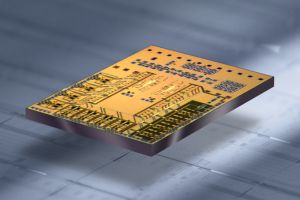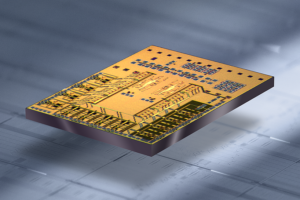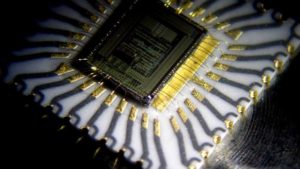Crack Microcontroller ATmega2560PA Program
Crack Microcontroller ATmega2560PA embedded flash memory and recover MCU Program, the format of program will be readout in the format of heximal which can be download to blank Microprocessor ATmega2560 for cloning;

Crack Microcontroller ATmega2560PA embedded flash memory and recover MCU Program, the format of program will be readout in the format of heximal which can be download to blank Microprocessor
The ATMEGA2560PA implements 256 bytes of RAM. The upper 128 bytes of RAM occupy a parallel space to the Special Function Registers. That means the upper 128 bytes have the same addresses as the SFR space but are physically separate from SFR space.
When an instruction accesses an internal location above address 7FH, the address mode used in the instruction specifies whether the CPU accesses the upper 128 bytes of RAM or the SFR space. Instructions that use direct addressing access SFR space.
For example, the following direct addressing instruction accesses the SFR at location 0A0H (which is P2). Instructions that use indirect addressing access the upper 128 bytes of RAM. For example, the following indirect addressing instruction, where R0 contains 0A0H, accesses the data byte at address 0A0H, rather than P2 (whose address is 0A0H).
Note that stack operations are examples of indirect addressing, so the upper 128 bytes of data RAM are available as stack space. The programmable Watchdog Timer (WDT) operates from an independent oscillator. The prescaler bits, PS0, PS1 and PS2 in SFR WCON are used to set the period of the Watchdog Timer from 16 ms to 2048 ms.
The available timer periods are shown in the following table and the actual timer periods (at VCC = 5V) are within ±30% of the nominal. The WDT is disabled by Power-on Reset and during Power Down.
It is enabled by setting the WDTEN bit in SFR WCON (address = 96H). The WDT is reset by setting the WDTRST bit in WCON. When the WDT times out without being reset or disabled, an internal RST pulse is generated to reset the CPU.
Timer 0 and Timer 1 in the ATMEGA2560PA operate the same way as Timer 0 and Timer 1 in the ATMEGA2560PA. For further information, see the October 1995 Microcontroller Data Book, page 2-45, section titled, “Timer/Counters.”;
Tags: crack microcontroller archive,crack microcontroller binary,crack microcontroller code,crack microcontroller content,crack microcontroller data,crack microcontroller eeprom,crack microcontroller file,crack microcontroller firmware,crack microcontroller heximal,crack microcontroller information,crack microcontroller memory,crack microcontroller program



